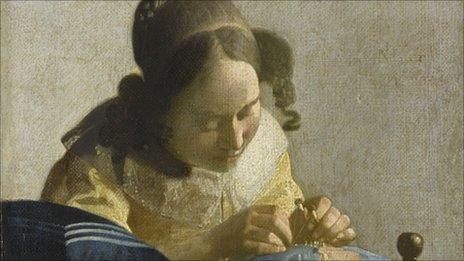Cambridge University's Fitzwilliam Museum marks 200 years
- Published
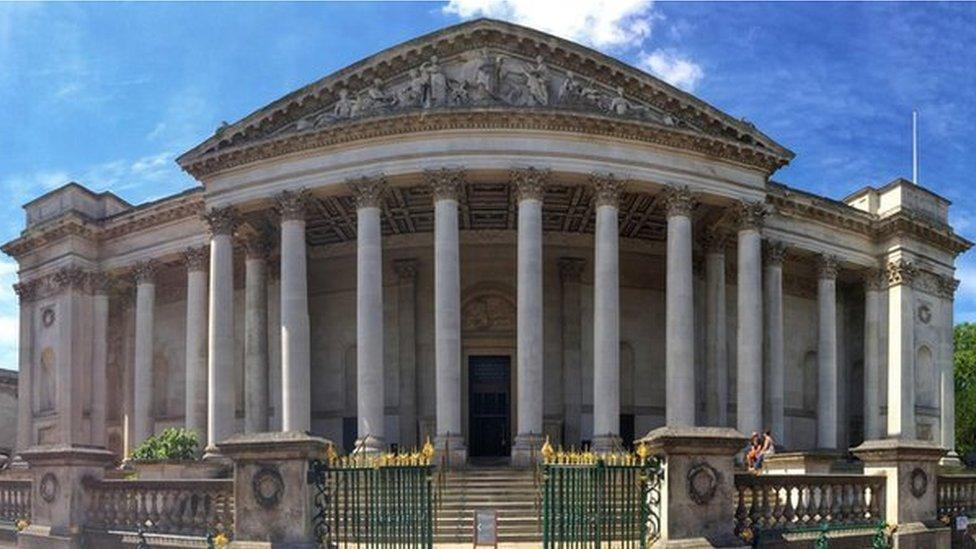
George Basevi won an architectural competition in 1834 to house the collection - although the current museum is now twice the original size
A fine art and antiquities museum founded by a "bibliophile and art collector" marks its 200th anniversary in 2016.
Viscount Fitzwilliam left his art and library - with £100,000 (about £74m today) to house them - to Cambridge University in 1816, and this was used to set up the Fitzwilliam Museum.
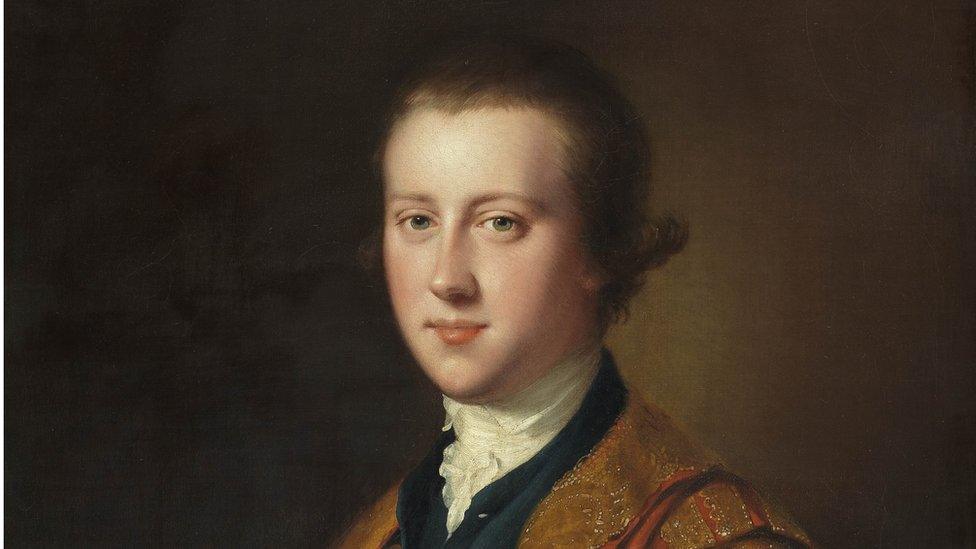
Viscount Fitzwilliam studied at Trinity Hall, Cambridge and was different from other Grand Tour collectors in that he was also interested in music
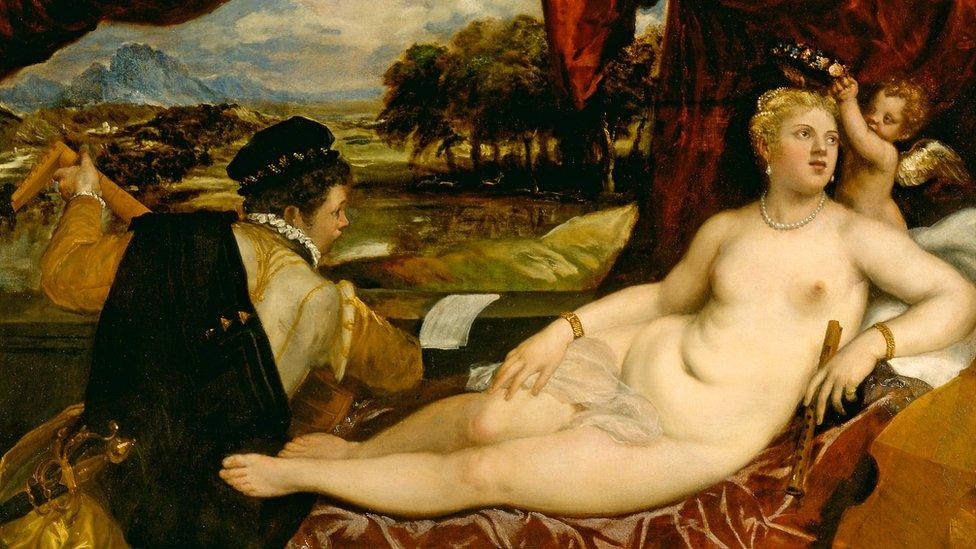
His bequest not only included masterpieces by Titian and Veronese and 130 medieval manuscripts - it also included musical scores autographed by Handel and Purcell
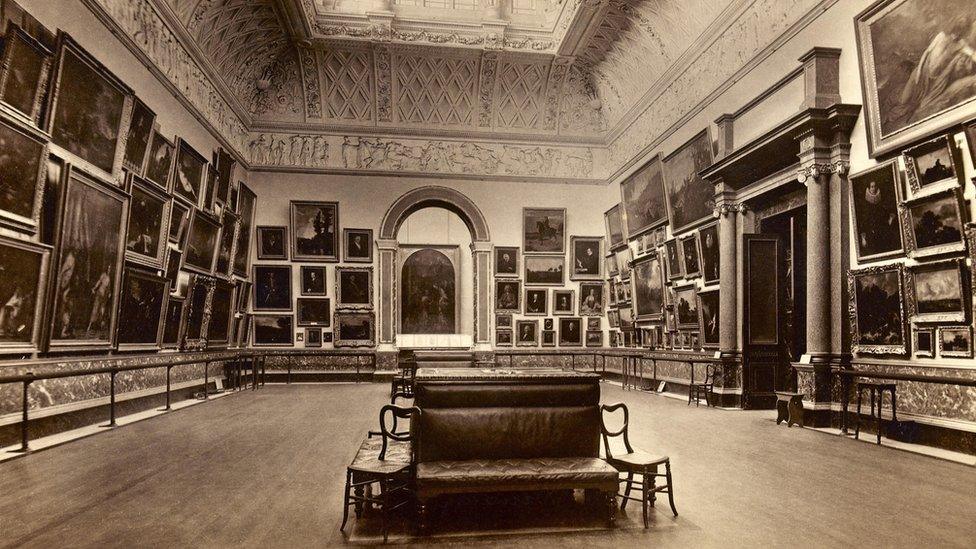
When its premises on Trumpington Road opened in 1848, only "respectably dressed" members of the public were allowed in, while by 1869 babies and nursery maids with toddlers were banned

Its 13 directors have included the ghost story writer MR James, who was also an academic who specialised in medieval manuscripts
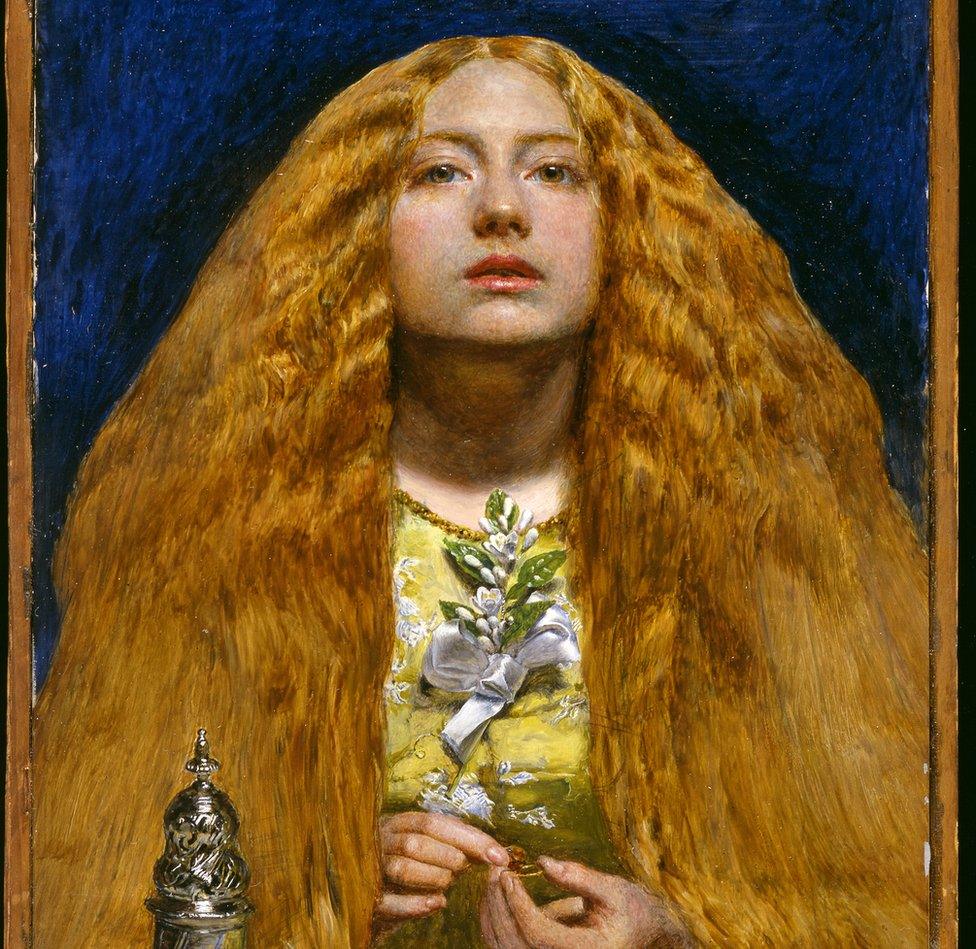
His successor Sir Sidney Cockerell amassed treasures for the museum including Pre-Raphaelite art and Oriental ceramics. He also claimed he transformed the Fitzwilliam from "pigsty" to "palace". This work, The Bridesmaid by John Everett Millais, was given to the museum in 1889
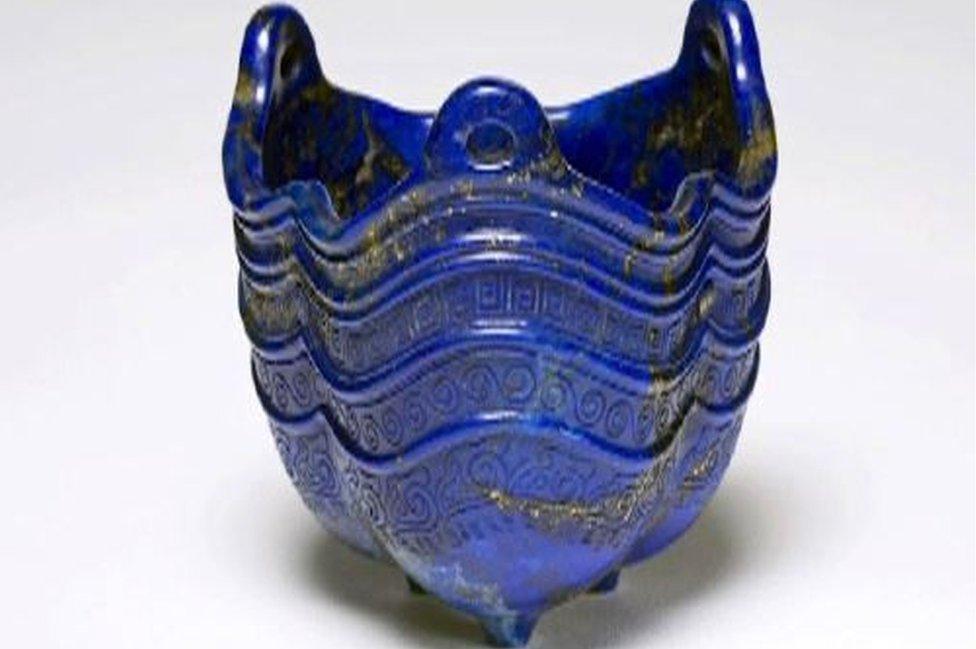
The museum's extensive Chinese collection attracted thieves in 2012, who broke in and smashed a display case with a disc cutter. Eighteen mostly jade items have still to be recovered but a gang of four thieves was jailed for the crime
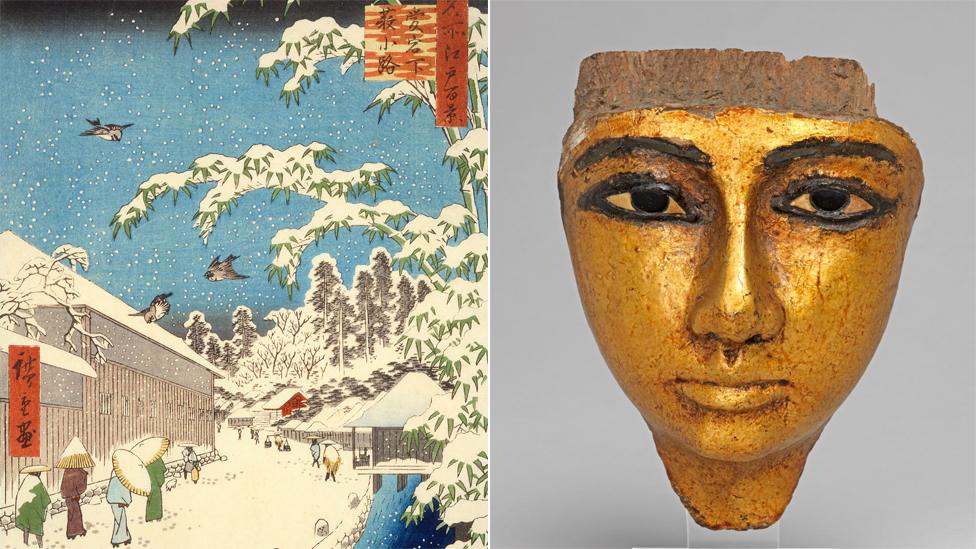
The Fitzwilliam's collections have expanded since the viscount's day to include Japanese art and Egyptian artefacts. A timeline of its first 200 years will open on 4 February
- Published25 November 2015
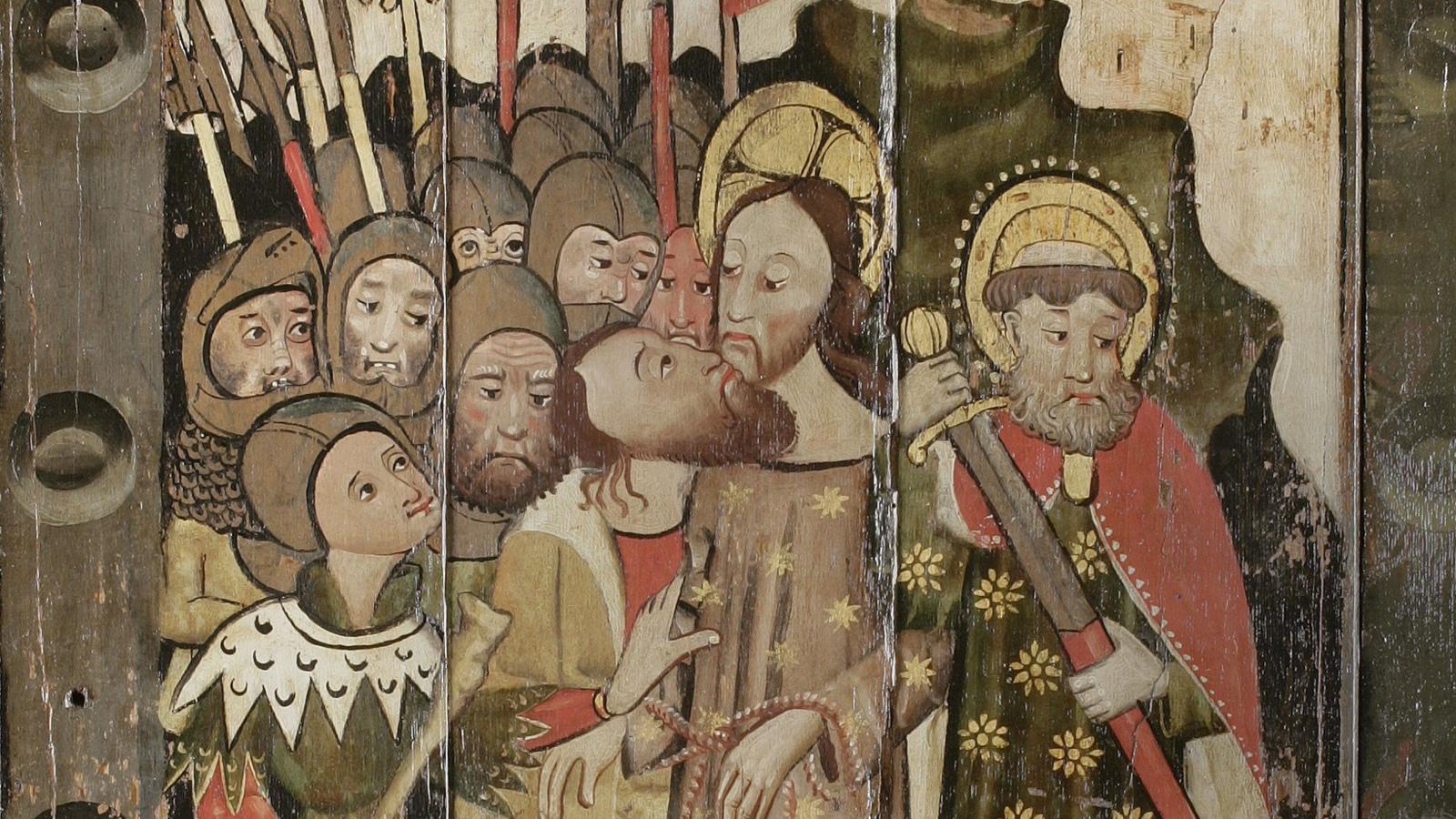
- Published21 March 2015
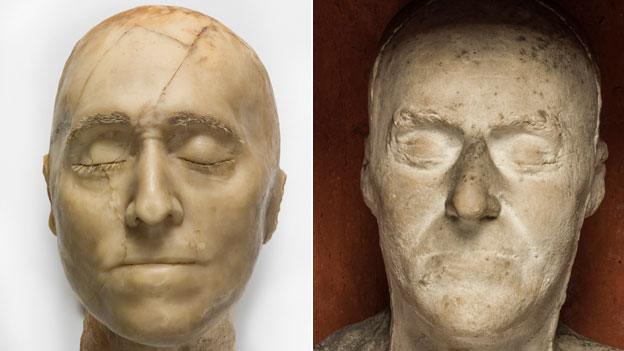
- Published2 February 2015
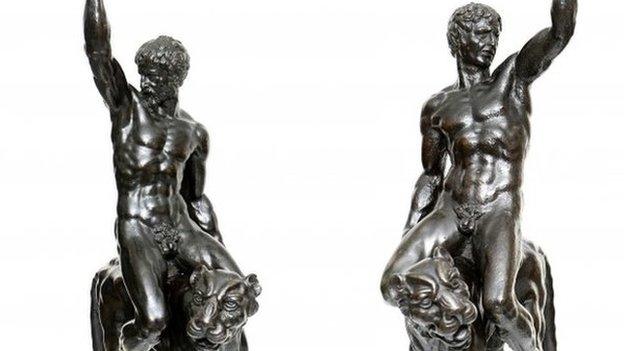
- Published10 August 2014
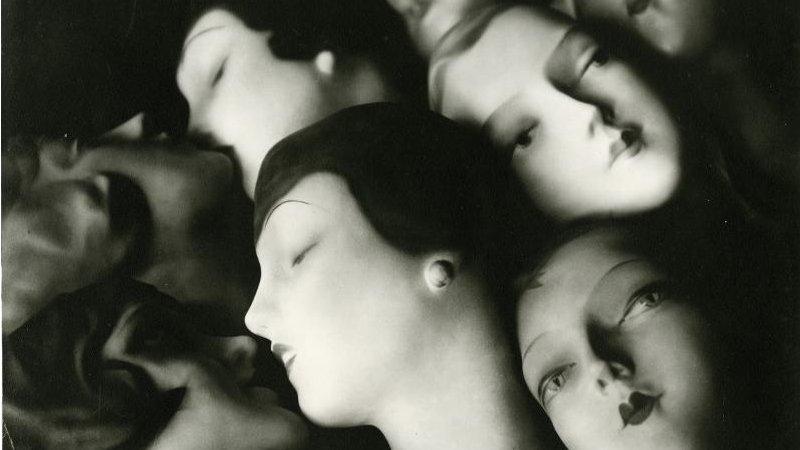
- Published5 July 2014
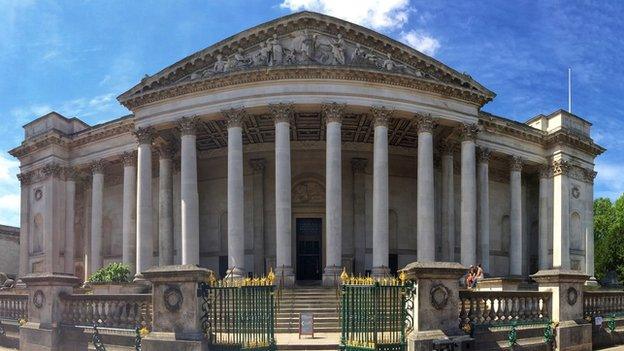
- Published18 April 2012

- Published21 December 2011
